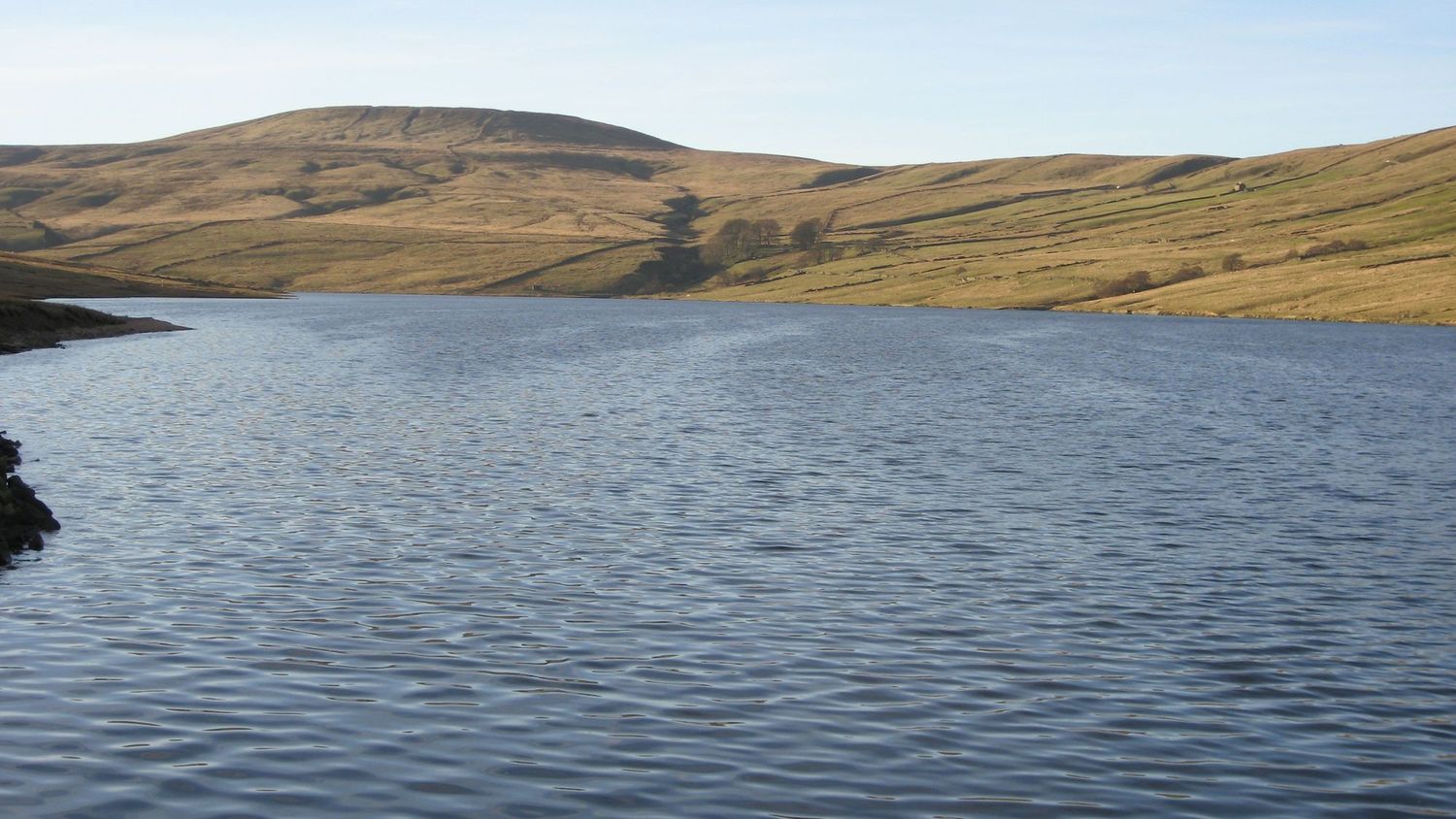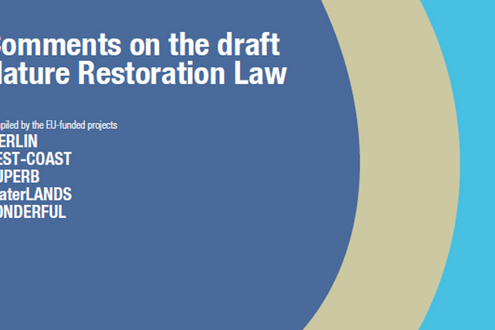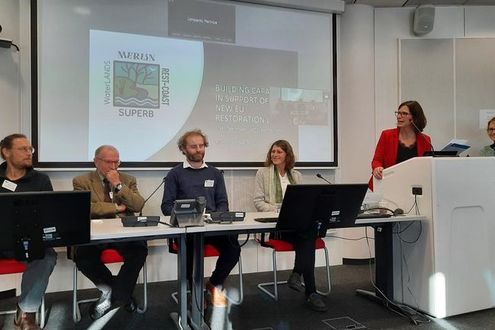Cover image: The Great North Bog by Joseph Holden, University of Leeds.
Recent major reports on the state of the world’s climate and biodiversity clearly show the need for urgent, large-scale ecosystem restoration. Across the world, ecosystems are being degraded at rates faster than efforts to protect them, whilst ongoing climate change places increasing pressures on their health and functioning.
An awareness of the need to urgently restore healthy, resilient ecosystems underpins a partnership of major EU funded projects: WaterLANDS, SUPERB, REST-COAST, and MERLIN. Addressing the restoration of wetlands, forests, coastlines and freshwaters respectively, the projects have been funded to support the European Green Deal’s aspirations of a low-carbon, climate resilient future.
Each project aims to demonstrate how best-practice approaches for ecosystem restoration can be applied and upscaled across the continent. They are each developing innovative ways of implementing nature-based solutions in restoration to benefit ecosystems, societies, and even economies. Central to this work is the need to effectively monitor and share the results of ecosystem restoration to help wider global communities plan effective restoration strategies.
Together, the four projects address the overarching restoration of Europe’s varied ecosystems. “Rivers, forests and coasts are complementary environments to wetlands through ecosystem services, linked biodiversity and water flow and quality,” explains Craig Bullock, project coordinator of wetland restoration project WaterLANDS. “This means their enhancement and restoration has a direct connection with wetland functioning and restoration potential.”
WaterLANDS focuses on the restoration of six wetland sites across Europe, learning from existing sites where successful restoration has been undertaken. The project encourages community-led practices to design and implement restoration projects.
“Communities should remain part of the landscapes we are trying to protect and restore,” says Shane McGuinness, deputy project coordinator of WaterLANDS. “In many cases they have been using these areas for generations and it is unreasonable of us to presume that this will suddenly cease. We need to support communities to move away from the practices of the past and towards more sustainable practices of the future.”
The partnership of projects focused on interlinked ecosystems holds significant promise. “I see the potential for better landscape level planning of restoration activities,” says Elisabeth Pötzelsberger, project coordinator of SUPERB, which focuses on forest restoration. “For example, focus areas and restoration targets for specific ecosystems could create synergies across different ecosystem types.”
Drawing on projects across twelve countries, SUPERB aims to restore thousands of hectares of forest landscape across Europe. “We want to particularly highlight the importance of considering adaptation requirements in choosing restoration approaches and targets because climate change does already, or will soon, have dramatic impacts on the suitability and resilience of specific forest types,” explains Dr. Pötzelsberger. “We call this prestoration or forward-looking restoration.”
The restoration of ecosystems across land and freshwater is inherently linked to those along Europe’s coastlines. “River-delta-coast connectivity is an essential element to enhance the natural resilience of sediment starved coastal systems,” says Agustín Sánchez-Arcilla, project coordinator of REST-COAST, which focuses on the restoration of the continent’s coastal ecosystems.
Europe’s coastlines are some of the continent’s biodiverse environments, but are often subject to numerous human and climatic pressures, whilst poorly protected by environmental policy. REST-COAST focuses on nine case studies, from the eastern Mediterranean to the North Sea. “We hope to increase the scale and the speed of coastal restoration interventions, particularly for vulnerable hot spot locations,” outlines Prof. Sánchez-Arcilla.
The partnership of projects has the potential to develop how restoration projects interact with industry, policy and financiers. “Aside from the physical links between these ecosystems, there are also connections through commercial land uses such as agriculture and forestry and through governance to support restoration,” says WaterLANDS coordinator Craig Bullock. “There are also connections through landscape finance given that these biophysical linkages and ecosystem service outputs provide for a package of financial investment at a landscape level.”
The governance structures Dr. Bullock mentions are crucial to this project partnership. The four projects were funded to support European Green Deal objectives to foster climate resilience and nature recovery across the continent, alongside the aim of becoming net carbon-neutral by 2050. By promoting the widespread and innovative scaling-up of ecosystem restoration across Europe, the partnership offers a significant opportunity to amplify scientists’ voices in the development of the proposed European Nature Restoration Law.
“The four projects gather substantial expertise on nature restoration in Europe,” says Sebastian Birk, project coordinator at MERLIN. “All projects have a focus on specific ecosystems like forests, freshwaters and the coast. These specific views are now integrated by the clustering activity to find solutions at landscape-scale.
“This is indispensable when moving towards achieving the European Green Deal ambitions,” Dr. Birk continues. “Our activities affect all parts of the environment, and our remedies need to be integrative. This perspective allows the four projects to jointly act on the European Nature Restoration Law.”


